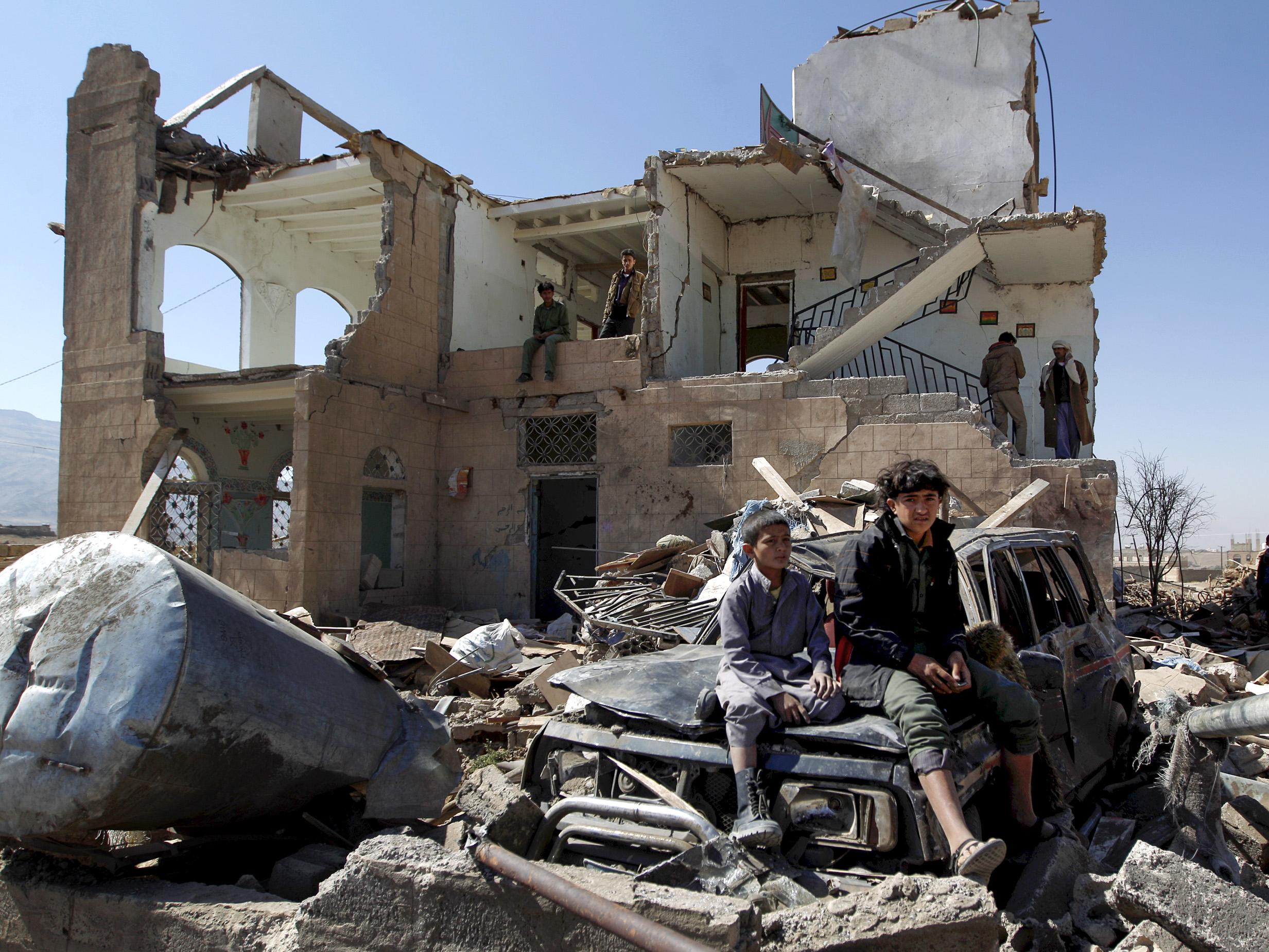This is what life is actually like in countries included in Donald Trump's 'Muslim ban'
Just in case the new administration has forgotten, here is a rundown of exactly what some of these people are running from when they try to seek asylum in the United States

From Washington DC to cities across the UK, US President Donald Trump’s 120 day ban on asylum seekers and indefinite suspension of all Syrian refugees from entering the country has been met with alarm.
Many feel that the ban has unjustly targeted Islamic countries, dubbing it the “Muslim ban”, and the rage directed at the administration is based upon the defence of the liberal values of freedom of movement and religion. But there is something else to be concerned about: this isn’t about defending theoretical values, this is about practicalities.
As the director of a humanitarian organisation which works in Yemen, Syria, Somalia, Iraq and Sudan, I know exactly how dangerous life is in the majority of these countries. When the difficulties become too much, these citizens look abroad to find the safety they have been deprived of at home. As Angela Merkel reminded Trump over the phone on Monday, the right to escape conflict and persecution has been enshrined in the Geneva Convention since 1951.
Just in case the new administration has forgotten, here is a rundown of exactly what these people are running from when they try to seek asylum in the United States.
Sudan
Having worked in Darfur myself more than a decade ago, I have watched with mounting despair as the humanitarian crisis in the country has ground on, year after year, with scant attention from the outside world. Since independence, Sudan’s history has been marked by high inflation, a shrinking economy and protracted conflict.
More than 2.3 million people have been displaced, many living in the most rudimentary camps. As fighting continues between government forces, rebels and militias of various stripes, many children are now reaching adolescence without having known anything else. Still more are destined to experience the same childhood – in the first half of 2014 nearly 400,000 people were newly displaced.
Syria
Around five million Syrians have been forced to flee their country, 70 per cent of whom are women and children, with the majority going to neighbouring countries – who are themselves struggling to cope. Meanwhile more than six million are displaced within the country.
Syrians remaining in the country have faced chemical weapons and sieges, starvation and horrific attacks on civilian men, women and children. Those displaced in neighbouring countries have put enormous pressures on their host communities, such as Lebanon where one in four people are refugees.
In 2016, the Obama administration resettled 12,587 Syrian refugees. Trump’s executive order has halted this program indefinitely.
Iraq
Last year, violence and military operations took the lives of more than 16,000 Iraqi civilians, in one of the country’s worst years since 2003, a full three million people are displaced within the country.
Mosul, the country’s second city, was captured by Isis militants in 2014. Estimates have suggested that 350,000 children are trapped in siege-like conditions as the Iraqi campaign to retake the city continues. More than 160,000 civilians have been displaced since the start of the offensive in October.
Yemen
The humanitarian situation goes from horrific to worse in Yemen. The civil war hasn’t reached its second anniversary and yet 80 per cent of the population – 21.2 million people – urgently need life-saving assistance. More than three million children and mothers are acutely malnourished inside the country, and the lack of nutrition is causing crippling impairments.
In November, my organisation, Mercy Corps testified to the United States Congress that rather than cut back its support of the Yemeni people, the US should be investing further in the humanitarian situation there. Rather than suppress the movement of Yemenis, we called on the US to pressure Saudi Arabia to lift its restrictions on commercial flights out of airports.
Somalia
In Somalia, an estimated 350,000 to 1,000,000 Somalis have died in a civil war that has lasted nearly three decades. In fact, the world’s largest refugee camp is in neighbouring Kenya – with more than 300,000 Somalis living in the Dadaab camp.
With a young, frustrated population feeding into extremist groups, insurgency is being waged within its borders. Life expectancy is in the mid-50s, while an incredible 320,000 children are malnourished.
What we need to remember is that there is little danger to Americans from refugees from these countries – there is great danger to people the world over from a rolling back of hard won and vital international laws around the protection of those forced to flee their homes in fear of their lives.
Selena Victor is director of policy and advocacy at Mercy Corps, a humanitarian aid agency working in more than 40 countries
Join our commenting forum
Join thought-provoking conversations, follow other Independent readers and see their replies
Comments